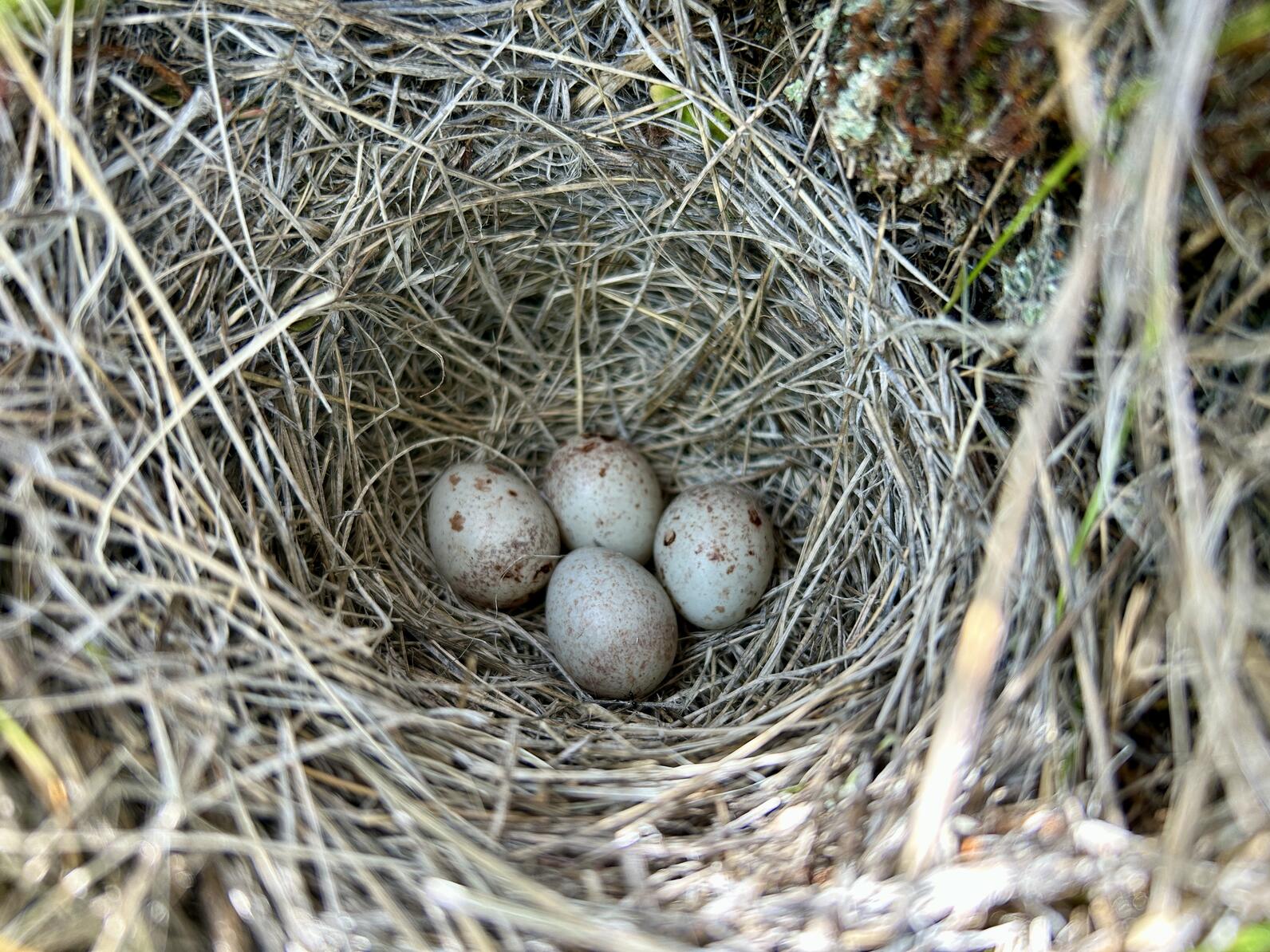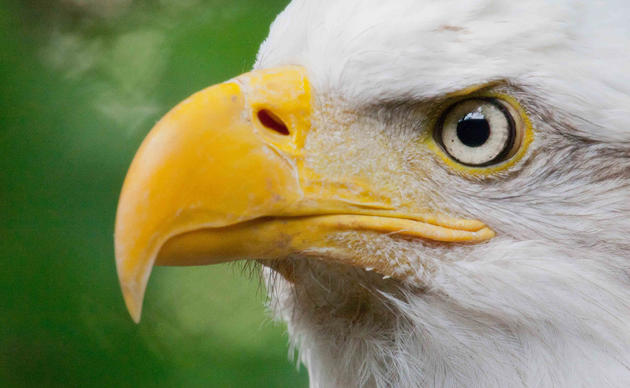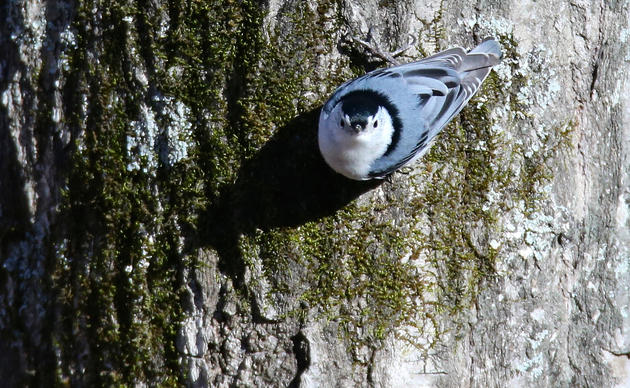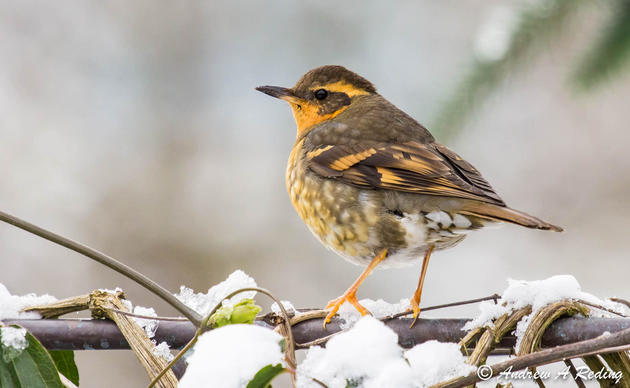Article by Jennifer Lewis, Field Technician
As a field technician supporting Audubon Washington’s Working Lands program, Jennifer Lewis has been our eyes and ears on the ground, searching for the presence of Greater Sage-grouse in south-central Washington. During this time, she has ventured out at dawn to conduct scat and lek surveys, hoping to spot evidence of this elusive bird.
For the past eight weeks, I have been searching for evidence of Greater Sage-grouse presence in south-central Washington. Sage-grouse haven’t been recorded here since 2018, though some landowners say they have seen them in the area since then. My job as a field technician has been to conduct two types of surveys in hopes of identifying the presence of this elusive species: Lek surveys on communal breeding grounds, and scat surveys, which simply means I’m looking for sage-grouse poop.
These surveys are in support of a larger multi-year effort by Audubon to inform conservation and land management strategies that support both sage-grouse recovery and the long-term health of their habitats.
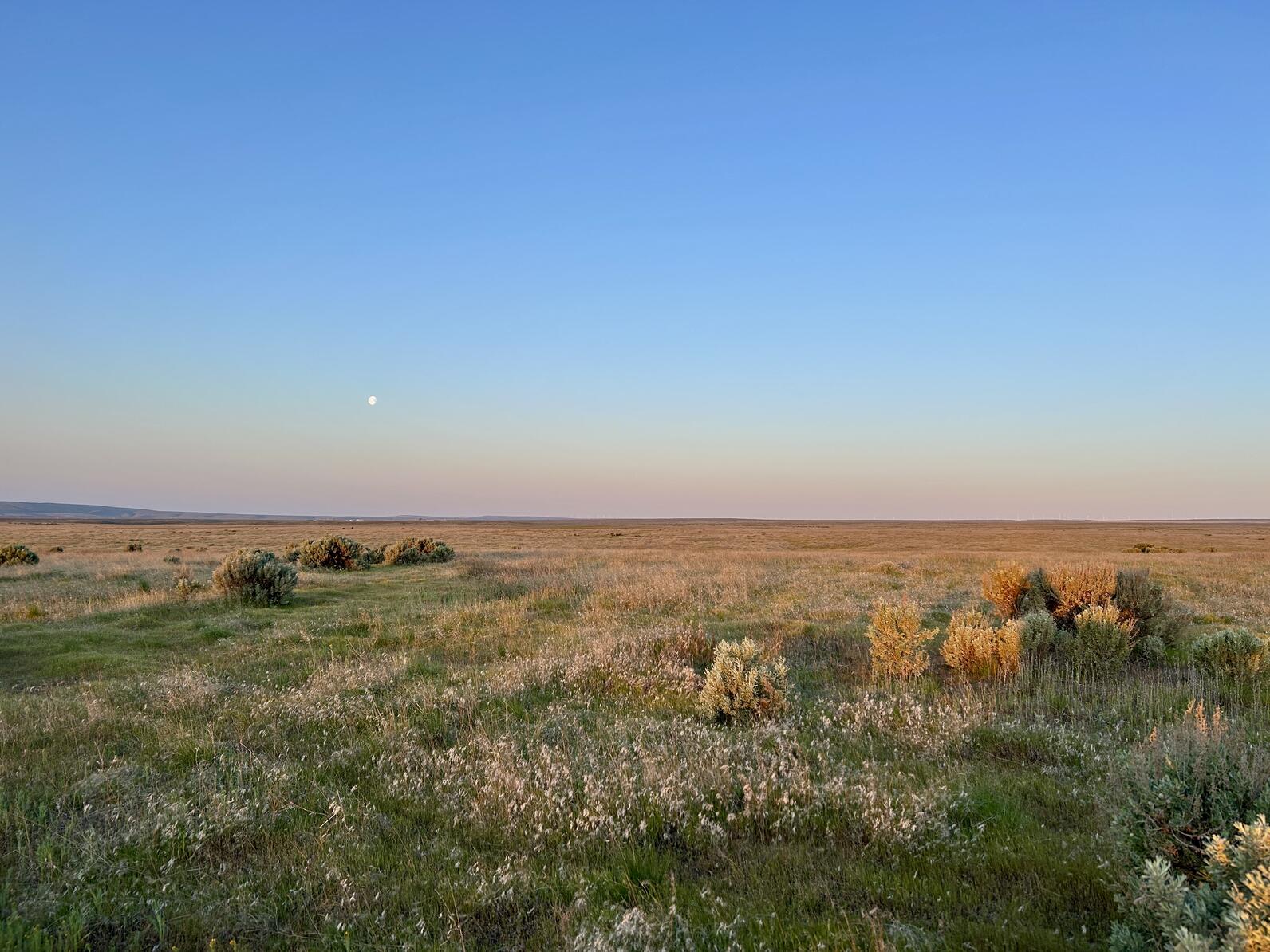
We’ve all heard about the early bird that gets the worm, but no one ever mentions the biologists who get out there even earlier to see the bird. My typical day begins 30 minutes before sunrise. This is about the time when male sage-grouse start displaying on their mating grounds, or leks. For two hours I drive along gravel roads surrounded by a mosaic of sagebrush, wheat, and wind turbines, stopping every half mile to listen for the characteristic popping sound the males make by inflating two air sacs on their chests. There is a lot of sound to sort through. The songs of Western Meadowlarks and Horned Larks rise and fade as if carried by the breeze. Pairs of Chukar and Gray Partridge erupt from the side of the road in a cacophony of wingbeats while gobbling turkeys echo down canyons.
One morning, I heard a new sound – a rustling in the grass behind me. I turned just in time to see two large, gray, chicken-like birds fly across the road, with a flash of yellow on their faces. Could they be the birds I’ve been searching for?
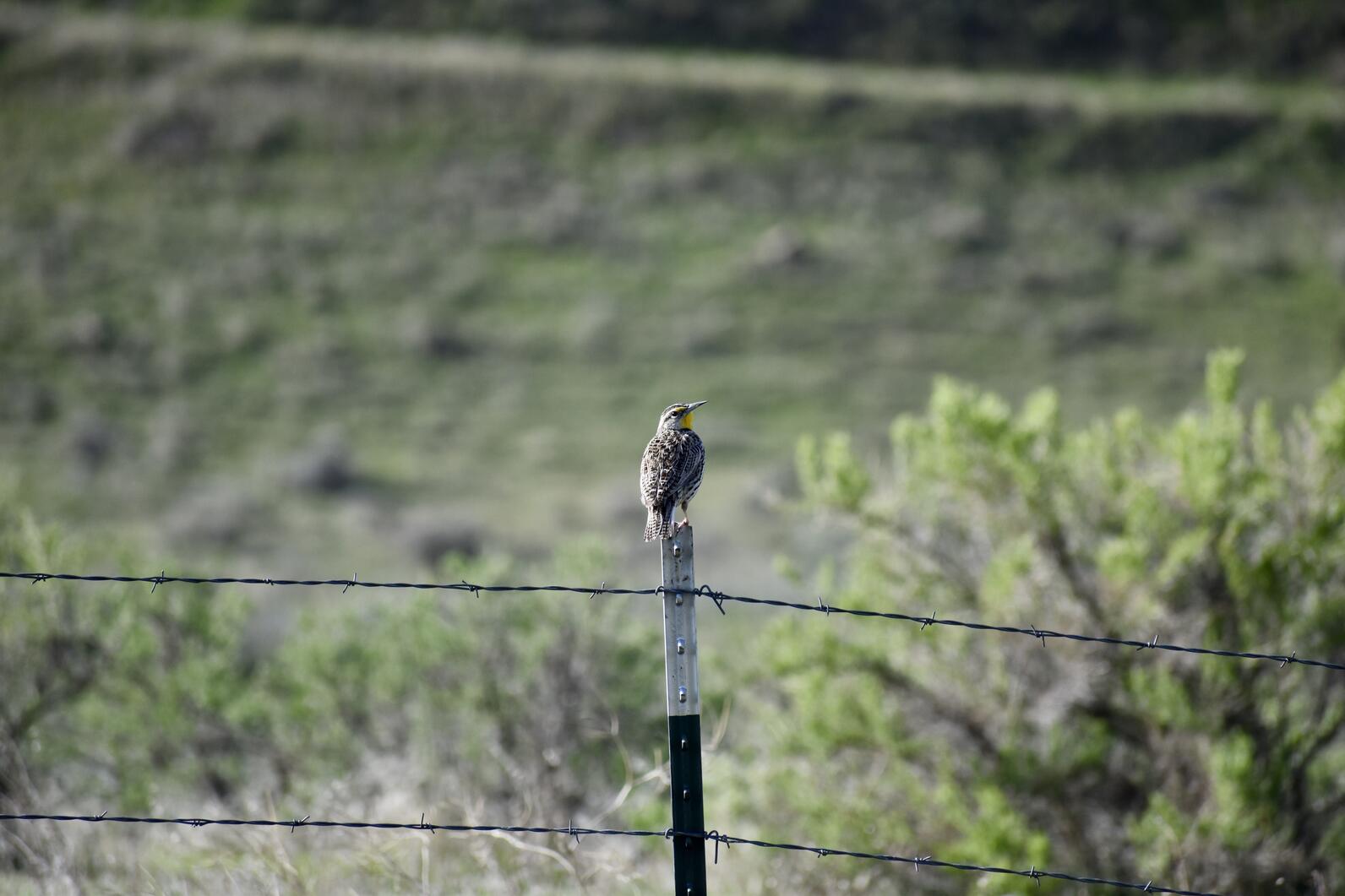
The unsatisfying answer to this question is that we will never know. The birds immediately disappeared into the tall grass, offering only a split-second view that was not enough to make a positive ID. With the stakes being so high for this state-endangered species, I want to be 100% confident before reporting any sightings.
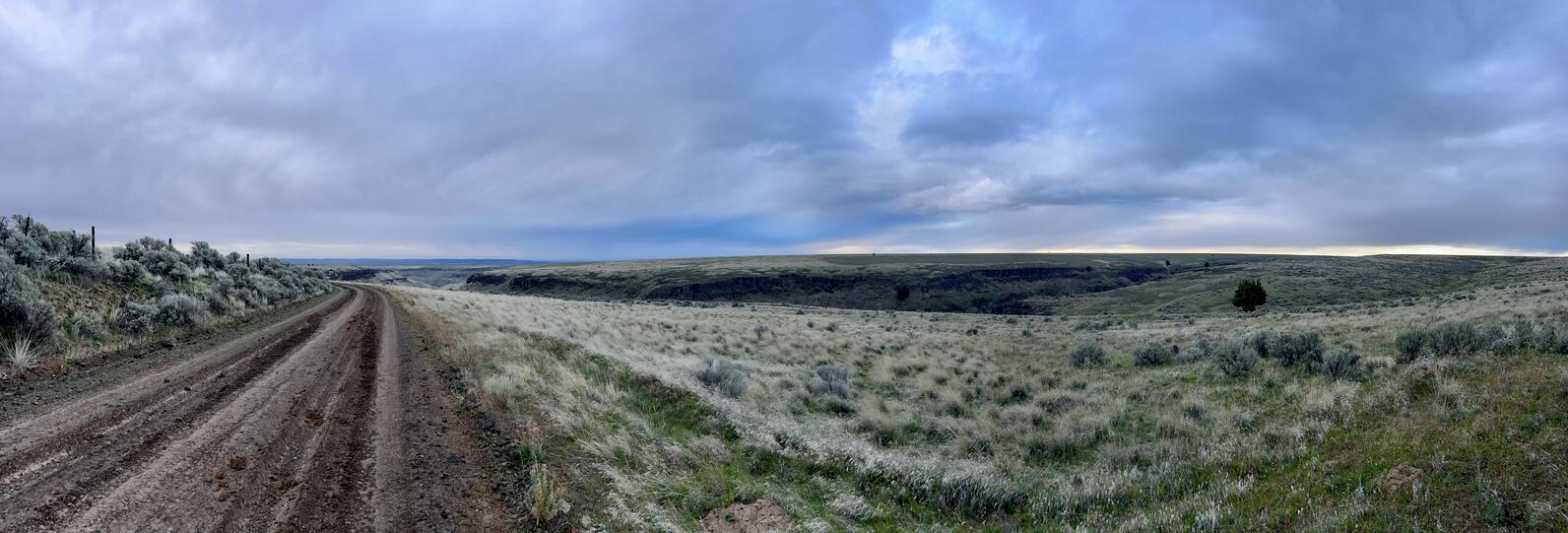
Luckily, there is a way to know if sage-grouse have been in an area without actually seeing any birds. After wrapping up my lek search, I grab some maps, don my backpack, and spend the rest of my day looking for bird poop. Sage-grouse poop a lot, so I should be able to find at least one piece of scat if they’ve been hanging around.
Our study area is divided into a grid that contains almost 7,000 square-shaped transects in random locations within suitable sage-grouse habitat. Most of these transects are located on private land, so I concentrate my efforts on locations where landowners have graciously allowed us to access their property. To search for sage-grouse scat, I walk the perimeter of each 100m x 100m square, scanning the ground for the Cheeto-like droppings. After completing each survey I fill out a data sheet, pluck off any ticks I’ve picked up along the way (usually just one, though my personal record is five), and hike to the next transect.
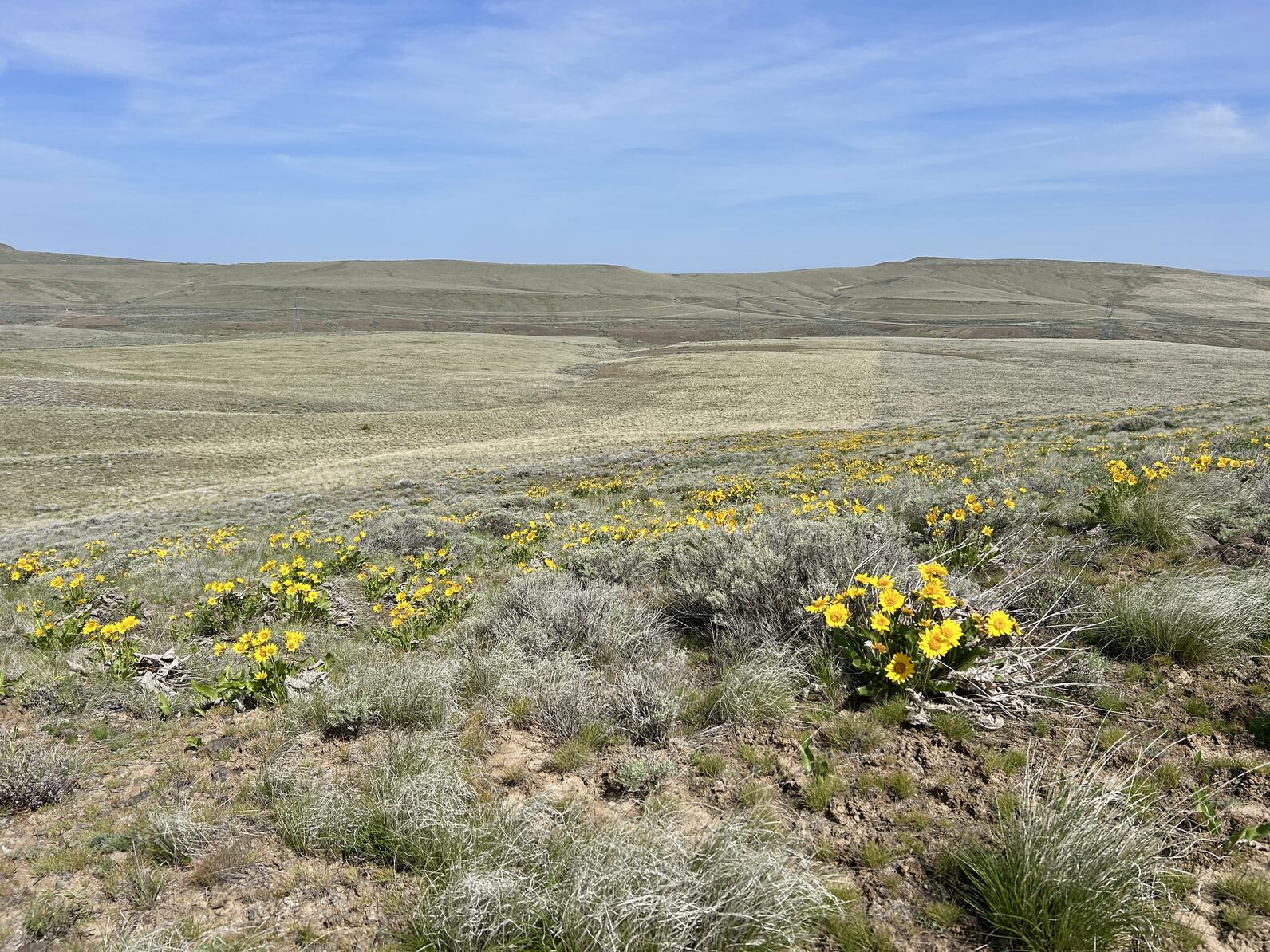
There is quite a bit of scat out there. Some of it is the right shape but the wrong size. Some of it is the right size but the wrong shape. At the time of this writing, I have not come across any scat that is both the right shape and size to be sage-grouse, but that doesn’t mean the birds aren’t out there. The places I have been surveying make up a small fraction of our study area, and it’s possible the grouse are frequenting an area that hasn’t been searched yet.
Though I haven’t found any of the evidence I've been searching for, this landscape is by no means devoid of life. Deer and pronghorn dot the hills, which are painted pink and purple and yellow with wildflowers. Pygmy short-horned lizards scurry between lichen-covered rocks, and northern harriers perform their undulating courtship displays overhead.
I am so thankful to have had the opportunity to contribute to Audubon’s work in the Columbia Plateau. By protecting and restoring Washington’s shrub-steppe habitat, we are helping ensure a better future for sage-grouse as well as hundreds of other species that rely on this ecosystem.
